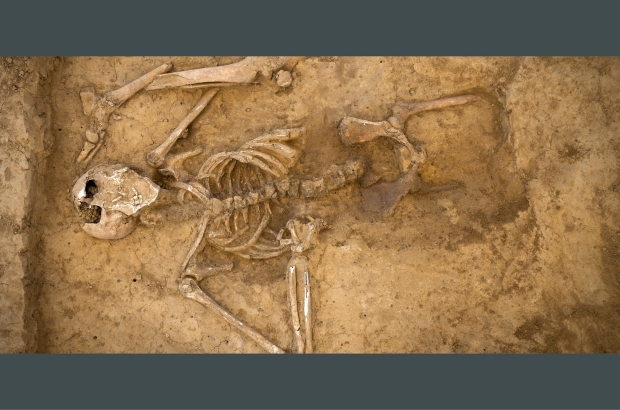- Daily & Weekly newsletters
- Buy & download The Bulletin
- Comment on our articles
Soldiers' bones used to make sugar after Battle of Waterloo, reveal researchers
The bones of soldiers who died in the Battle of Waterloo were used in 19th-century Belgium’s burgeoning sugar industry, researchers have discovered.
Two Belgian and German historians and a British archaeologist made the grisly revelation, which may explain why so few skeletons were found after such a bloody conflict, reports RTBF.
Around 20,000 soldiers were killed in the fighting on 18 June 1815 at Waterloo. The town, south of Brussels, became famous as the site of Emperor Napoleon I final defeated.
But mystery surrounded why so few human remains were unearthed in the years following the history-changing battle.
The team of researchers concluded that in the aftermath of the conflict, peasants dug up the corpses and sold them to people in the sugar industry. They then cooked the bones in ovens to make a powder known as “noir animal” (“animal black”) that filtered sugar syrup as part of the production process.
The powder is still in use today but only with animal bones and no longer in the sugar industry. Instead it’s used primarily as a pigment.
“Around 1820, sugar beet supplanted wheat near Waterloo,” Liège historian Bernard Wilkin told Belga.
“The sugar industry was established with bone ovens. The market value of bones - theoretically animals - soared.”
Local farmers struggling to make ends meet would plunder graves, according to written sources from 1834.
Travellers reported seeing corpses being dug up, and members of parliament denounced the traffic in 'putrid bones'. A poster from the mayor of Braine l'Alleud warned that such exhumations were prohibited and punishable.
“We discovered an account of a German geologist who saw peasants digging up bones supposedly belonging to horses, but then one of them laughed and talked about the soldiers of the Imperial Guard, saying they’re tall and their bones can easily be confused with those of horses,” Wilkin said.
The bone powder was sold for “hundreds of thousands of francs at the time, several times what a worker could expect to earn in a lifetime.”
As a result of the high price point and accessibility of battlefield corpses, human bones found their way into the baked goods eaten 200 years ago, concludes this new reception.
















